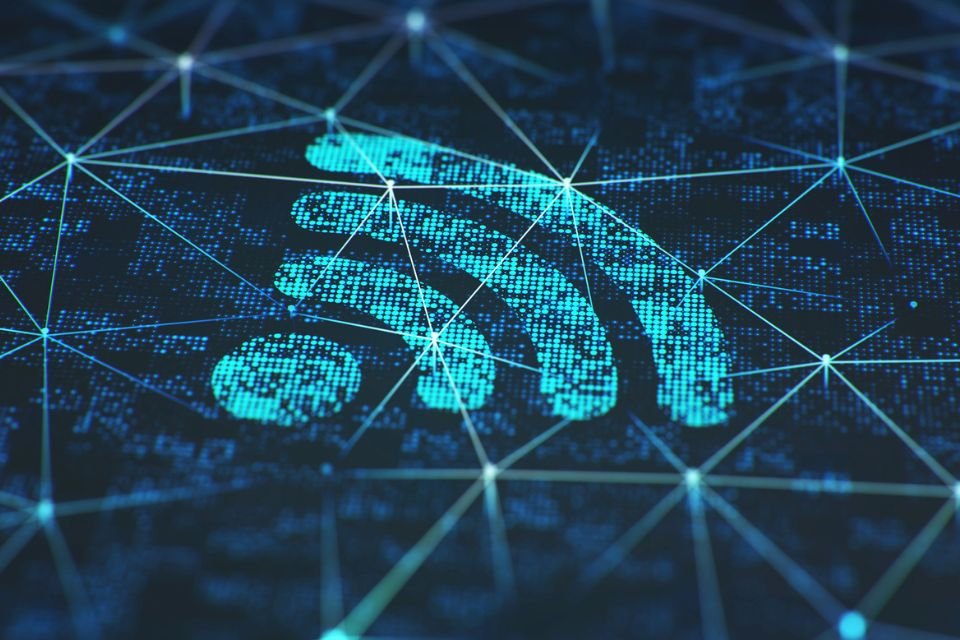A revolutionary technique introduced by researchers at the University of California, Santa Barbara, USA, Offers creating images of static objects using the signal from Wi-Fi transceivers It is widely available in the market and it does this through solid walls. Although Wi-Fi’s ability to detect motion through walls has been known since 2015, the technology cannot “see” static objects.
The new method uses the principles of Geometric Theory of Diffraction (GTD), a technique created in 1962 by American mathematician Joseph Keller to analyze the scattering and radiation of electromagnetic waves in objects. The first successfully accomplished task was to read the English alphabet through walls using Wi-Fi.
To literally eliminate the lack of movement in the observed objects, the authors focused on the edges of the objects, as anyone would contour in a drawing. In the experiment, Wi-Fi signals formed “Keller cones,” shapes that refract the edges of objects for later interpretation and gradual revelation of the observed scene.
How scientists used WiFi to read behind walls
Put together by researchers at UC Santa Barbara’s Mostofi Lab, the “Wiffract” setup consists of three Wi-Fi transmitters and a mobile receiver to send and receive signals through walls. Although it’s a given for any home router to pass through walls, the point here was to read how these radio waves are affected when they hit objects.
“We then developed a mathematical structure that uses these conical footprintsS Electrical and computer engineer Yasamin Mostofi, UCSB professor and primary author of the paper “Analysis of Keller Cones for RF Images,” explains in a release: “by inferring the orientation of the edges as signatures, thus creating a map of the edges of the scene.” “
The result was an image projection kernel based on the proverbial cones to guide the formation of edges. This function is basic “Inferring the existence/orientation of edges by testing hypotheses on a small set of possible edge orientations”he says in a press release.
Improving Wi-Fi Observations
The technique works as soon as signals detect the presence of an edge. From here, the direction of this meeting line between the two edges is selected, Based on best match with Keller cone signatureTo identify a point where observers are interested in rendering.
“So when we find edge points with high confidence through the proposed image kernel, we propagate their information to other points using Bayesian information propagation. [processo estatístico]”, explains first author Anurag Pallaprolu.
The study, which has not yet been peer-reviewed, has many applications in the real world. From rescuing people in disasters to “observing” the inside of rooms in smart home monitoring.
Is there anything you want to ask? Tell us on our social networks and get the opportunity to share the article with your friends.
Source: Tec Mundo
I’m Blaine Morgan, an experienced journalist and writer with over 8 years of experience in the tech industry. My expertise lies in writing about technology news and trends, covering everything from cutting-edge gadgets to emerging software developments. I’ve written for several leading publications including Gadget Onus where I am an author.













